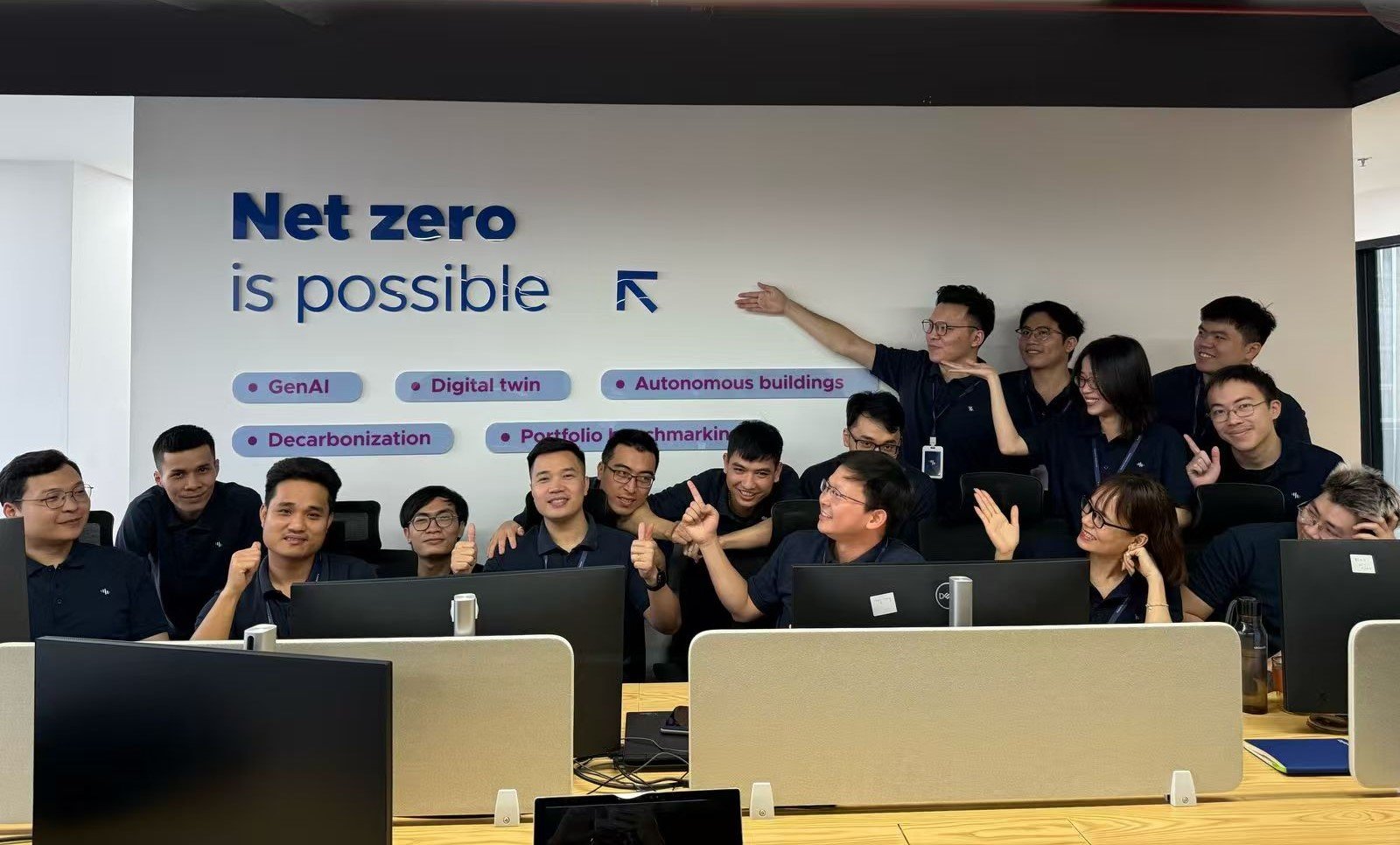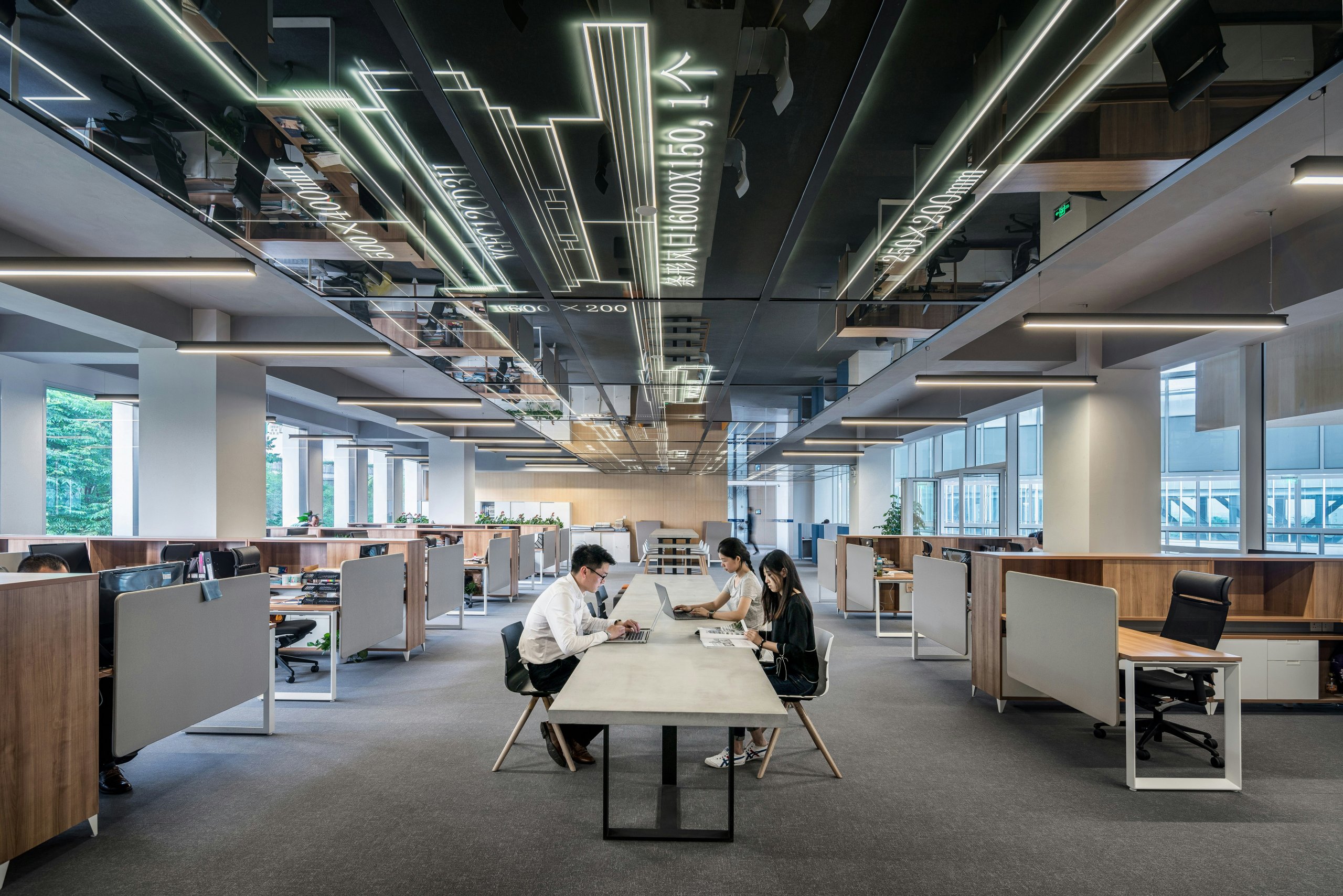
Behind every great product and user experience, there is a designer. Wilfred Leung, our Director of Product Design has driven this process since he joined Akila in 2020. From foundation to product launch and expansion, Wilfred has been instrumental in shaping the user experience, functionalities and technological capabilities of the platform, as well as playing a leading role in the development of Akila’s modules.
We spoke to Wilfred about his career in Product Design and SaaS, as well as the user considerations that went into the development of Akila.
How would you describe what you do in one sentence?
I design solutions to business problems, challenging stereotypes and merging capabilities from different technologies, always focusing on good user experience and design.
How did you get into product design?
Even when I was a kid, I remember being fascinated by different products around me, and wondering why they worked the way they did, why they looked the way they did. So, by university time, it was a no-brainer to study product and industrial design.
I started out in industrial design of consumer electronics for a multinational in Singapore. I felt good about the work – we won a RedDot award and I even secured 13 utility and design patents from the US Patent and Trademark Office. But, I wanted to really explore fully digital products, and I was attracted to the energy and speed that you get in the startup world. So, I jumped at a chance to work for a US retail tech startup based in Shanghai and to design digital products for online to offline retail. From there, I spent time in some other industries like MedTech, but all of my work has remained focused on digital products.
What attracted you to working with Akila?
Well, the seed was actually planted even before Akila started. I attended a summer design research program at UN City in Copenhagen a few years ago. Everything was based around the framework of the UN Sustainable Development goals (SDGs) and the call to “design for a better world” – the idea being that if we actually want to achieve the SDGs, we need to totally rethink the way products and services are designed. But what the program made me realize was that designing a better world cannot be led by designers alone. They will need support from many actors.
This is exactly why Akila was so attractive to me when I first learned about it. I saw how all the services in Akila could make a very evident and transparent contribution to SDGs by helping companies provide information on a certified system for sustainability management.
As a designer, I felt I finally had the opportunity to turn theory into practice.
So what was the biggest UX design consideration when you were designing Akila?
One of the key UX design considerations is to create consistency for the users. When consistency is present, users who add new applications in Akila can transfer knowledge to new applications and learn new features quickly without pain. This way, they can focus on executing the task and not have to learn how the product UI works every time they switch applications with Akila.
Another consideration is about understanding the user. Designing for professionals includes understanding the job context, their workflow, work environment, problems and current solutions. UX designers need to empathize with the end user’s mindset.
This will allow us to build impactful features that are needs-based and persona-driven.
What are the differences between designing a B2B SaaS and a B2C SaaS product?
As UX designers, we work on products for mainly two different groups of users: professionals (B2B) and private users (B2C).
For B2C products, users tend to download these apps for personal use. Many B2C SaaS products tend to focus on entertainment, health, communication and social media. The focus is often on ease of use, differentiation from competing products, and sleek aesthetics.
B2B apps or platforms have a lot more functional complexity. The platforms tend to collect and display large amounts of data, and support multiple user roles, permissions and management operations. There is also collaboration and integration between the different types of users.
As such, professional users of B2B products tend to have much higher requirements for flexibility, efficiency, control and freedom in the use of the product than private users. Since they most often use the product regularly in their work, the user experience can be greatly improved by the so-called quick access buttons such as widget shortcuts.
What are the latest SaaS product design trends that you are most excited about?
Without a doubt, artificial intelligence (AI) is one of the most important innovative technologies that is bringing disruptive change to the SaaS model that I am most excited about working on right now.
Together with interactive experiences with the digital twin – a virtual representation of real-world machines and processes – and artificial intelligence (AI) will be the pillars of product design innovation, accessibility, and personalization.




